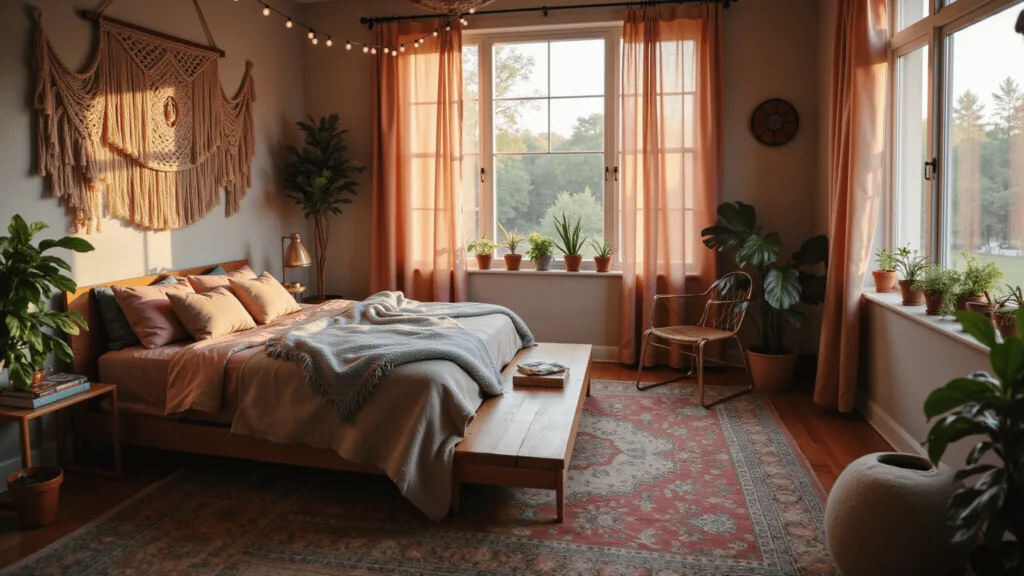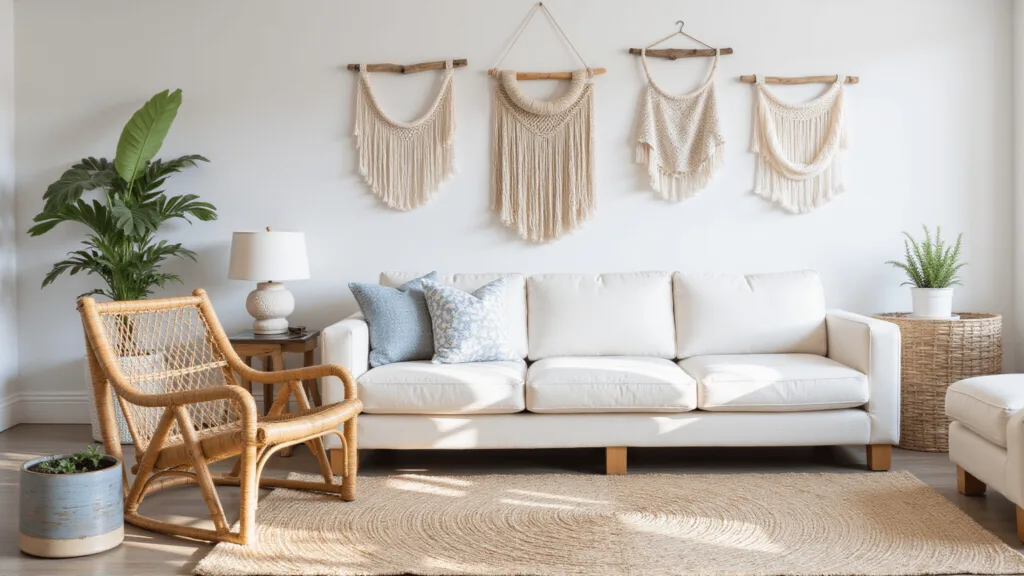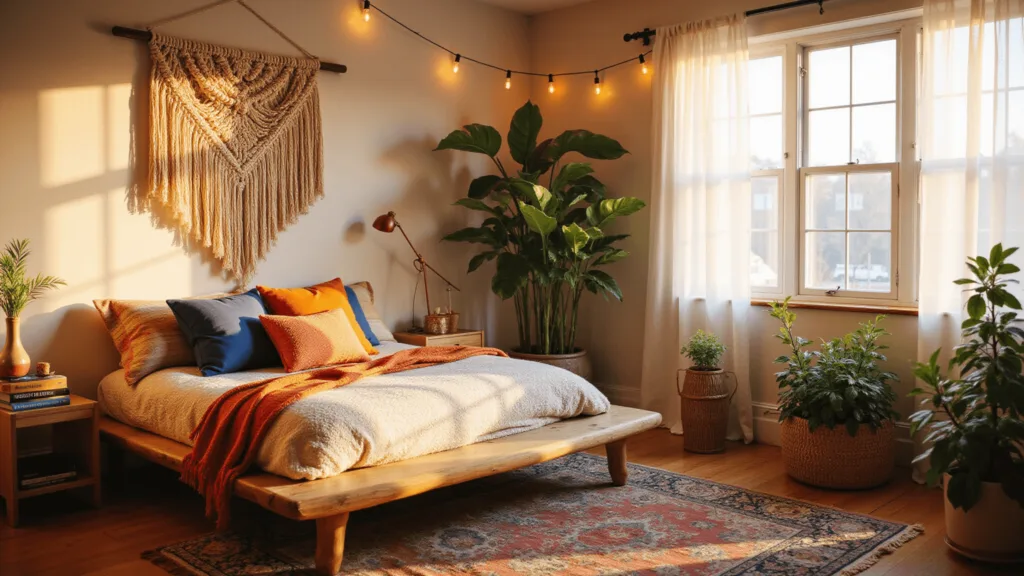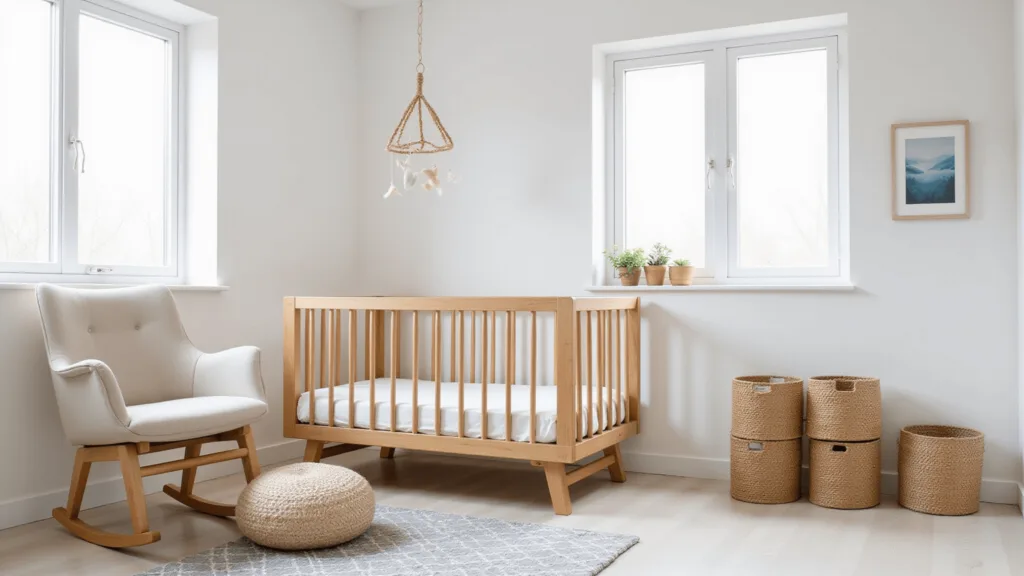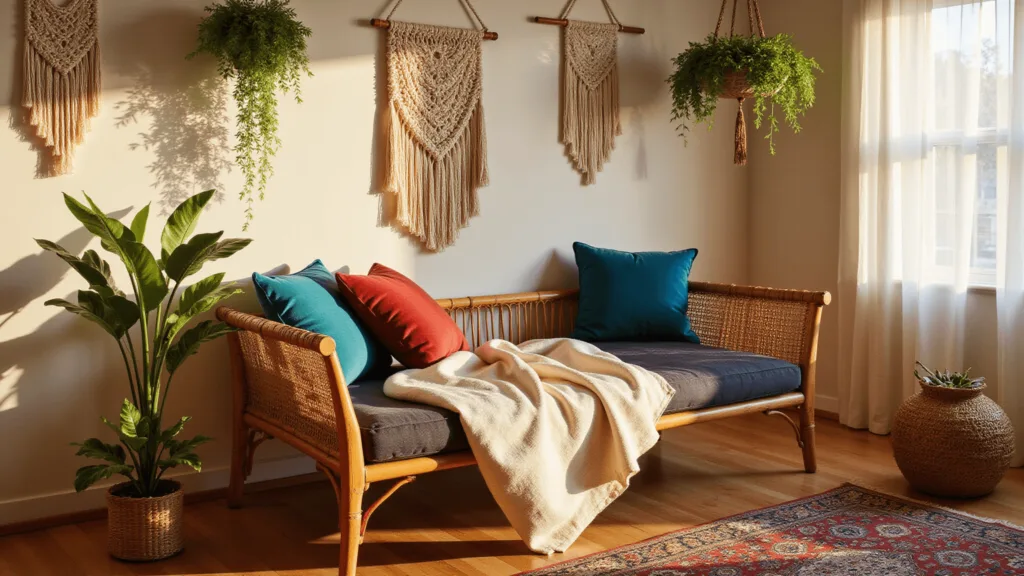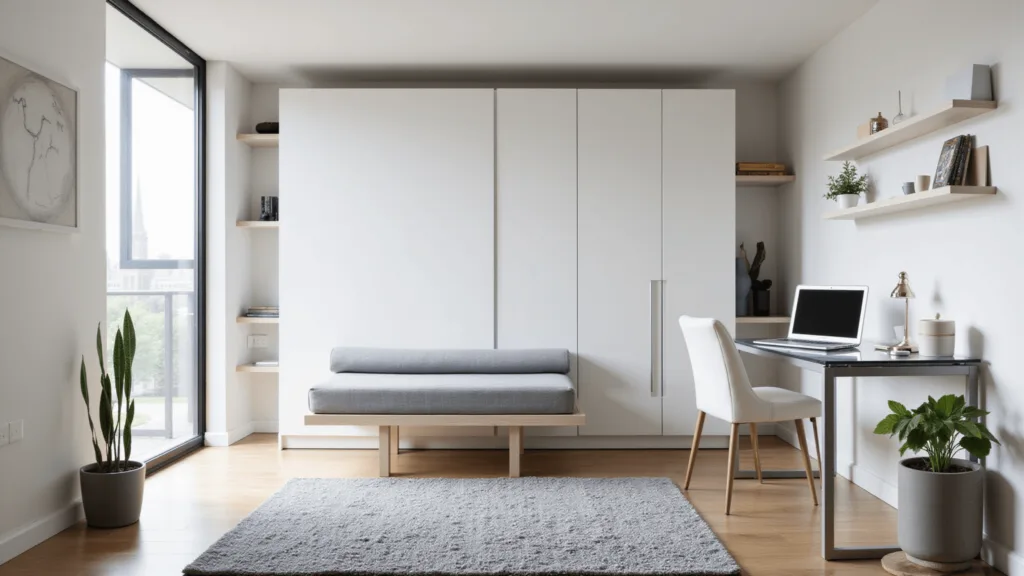What Exactly is Japandi Style?
Japandi is more than just a design trend – it’s a lifestyle philosophy that blends the best of Japanese and Scandinavian design principles. Think clean lines, natural materials, and a sense of calm that transforms your living space into a peaceful sanctuary.
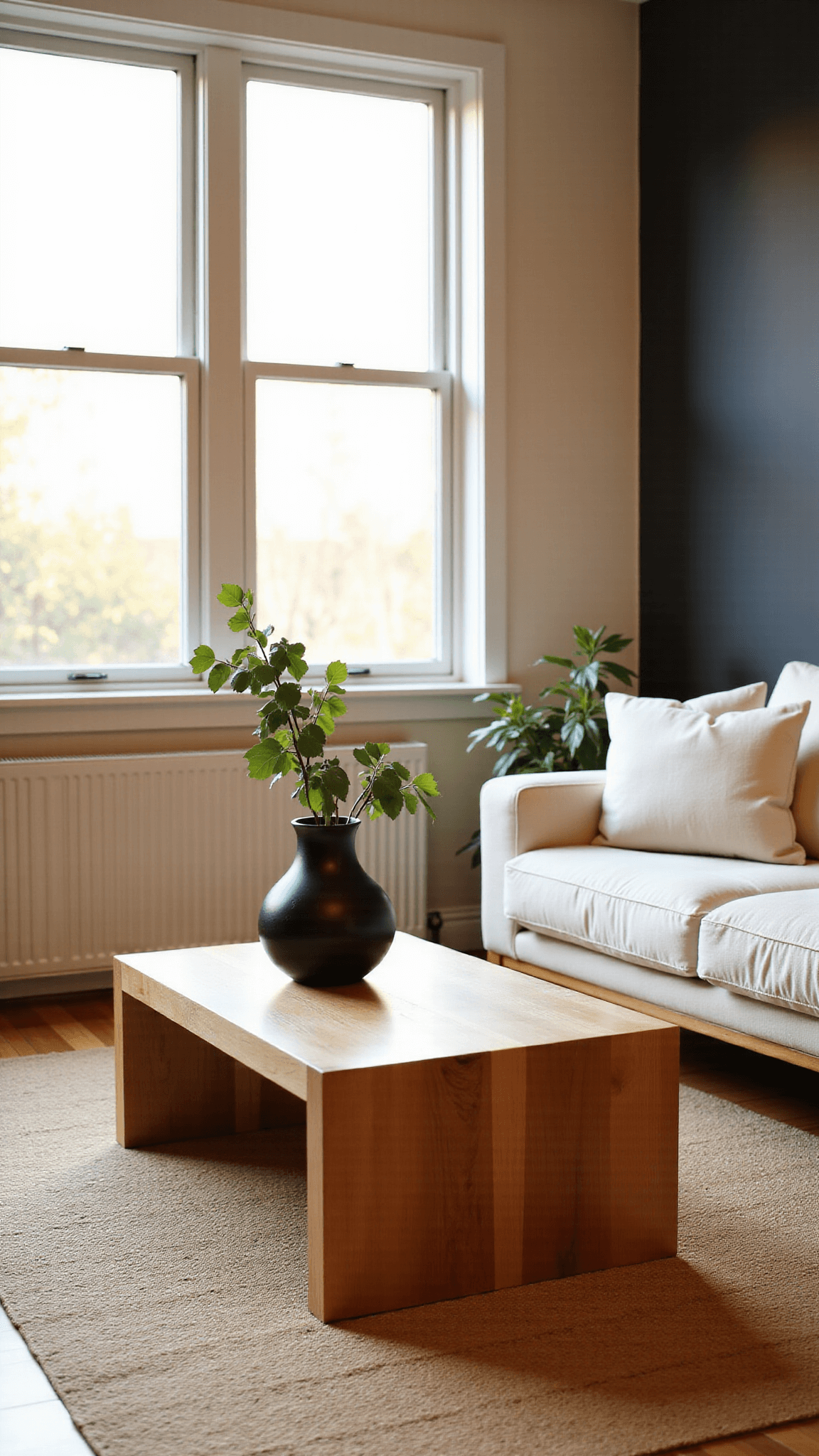
Key Characteristics of Japandi Design
Core Elements:
- Minimalist aesthetic
- Natural color palette
- Functional furniture
- Emphasis on craftsmanship
- Celebration of imperfection
Budget-Friendly Japandi Transformation: What You Need to Know
Cost Breakdown
- Budget Range: $500 – $2,000
- Difficulty Level: Moderate DIY project
- Time Investment: 6-12 hours total
Essential Materials and Tools
- Neutral-toned furniture
- Natural textiles (linen, cotton)
- Wooden or rattan accents
- High-quality camera or smartphone
- Editing software (Lightroom, Photoshop)

Creating the Perfect Japandi Space: A Step-by-Step Guide
1. Declutter and Simplify
The first rule of Japandi? Less is absolutely more. Remove unnecessary items and focus on pieces that serve both form and function.
Decluttering Checklist:
- Clear surfaces
- Remove excess decorations
- Choose multi-functional furniture
- Embrace negative space
2. Color Palette Magic
Stick to a neutral, calming color scheme:
- Warm beiges
- Soft grays
- Crisp whites
- Muted pastels
- Occasional black accents
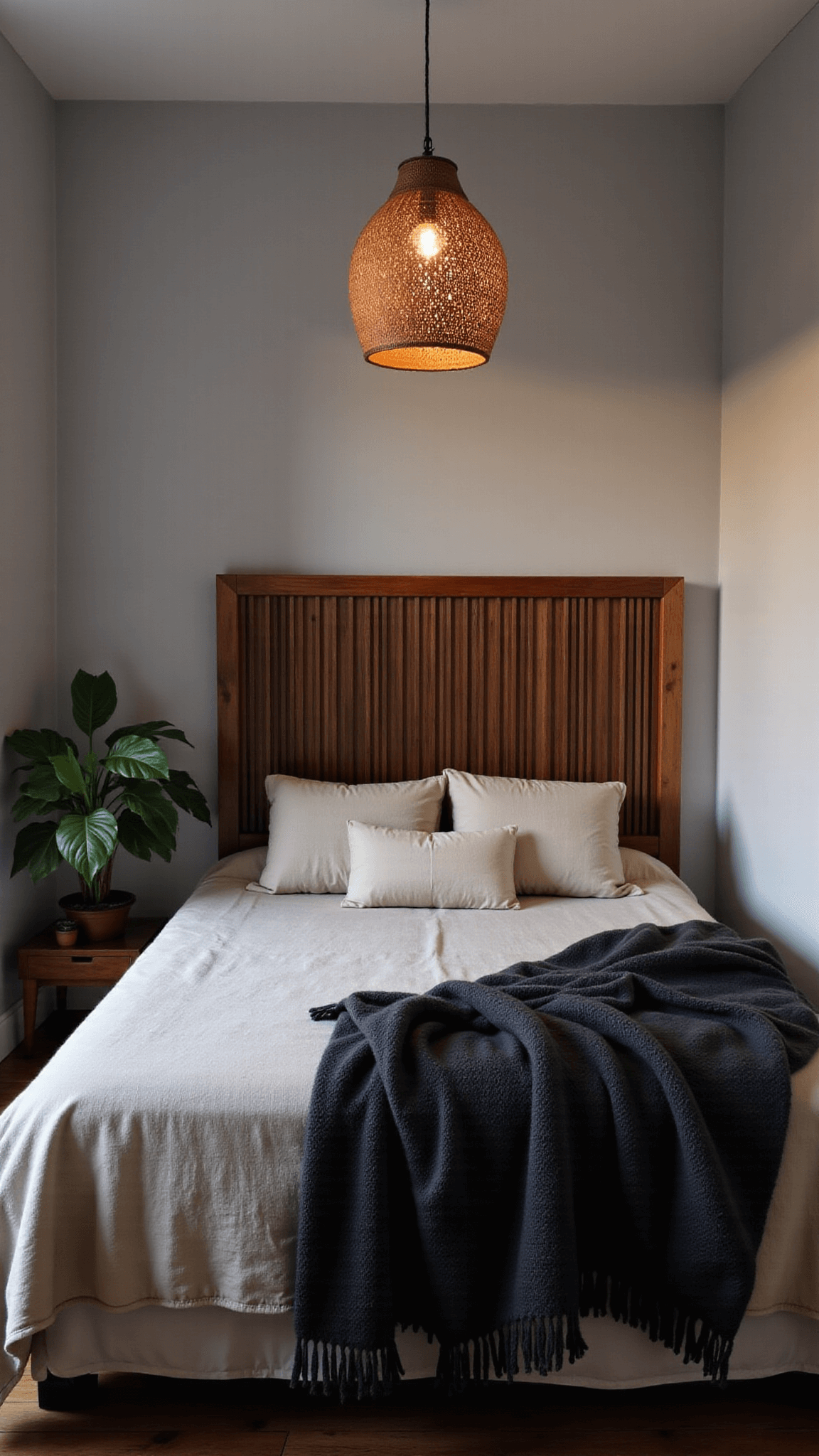
3. Texture and Materials Matter
Must-Have Textures:
- Natural wood
- Rattan
- Linen
- Cotton
- Woven elements
4. Lighting: The Subtle Game-Changer
Japandi style thrives on soft, natural lighting. Avoid harsh overhead lights and instead opt for:
- Soft tabletop lamps
- Pendant lights with warm tones
- Large windows with minimal treatments
- Indirect natural light

Photography Tips for Capturing Japandi Perfection
Camera Settings
- ISO: 100-400
- Aperture: f/5.6 – f/8
- Shoot during golden hours (early morning/late afternoon)
Styling Secrets
- Balance is key
- Create symmetry
- Use negative space
- Highlight natural materials
- Keep props minimal and purposeful
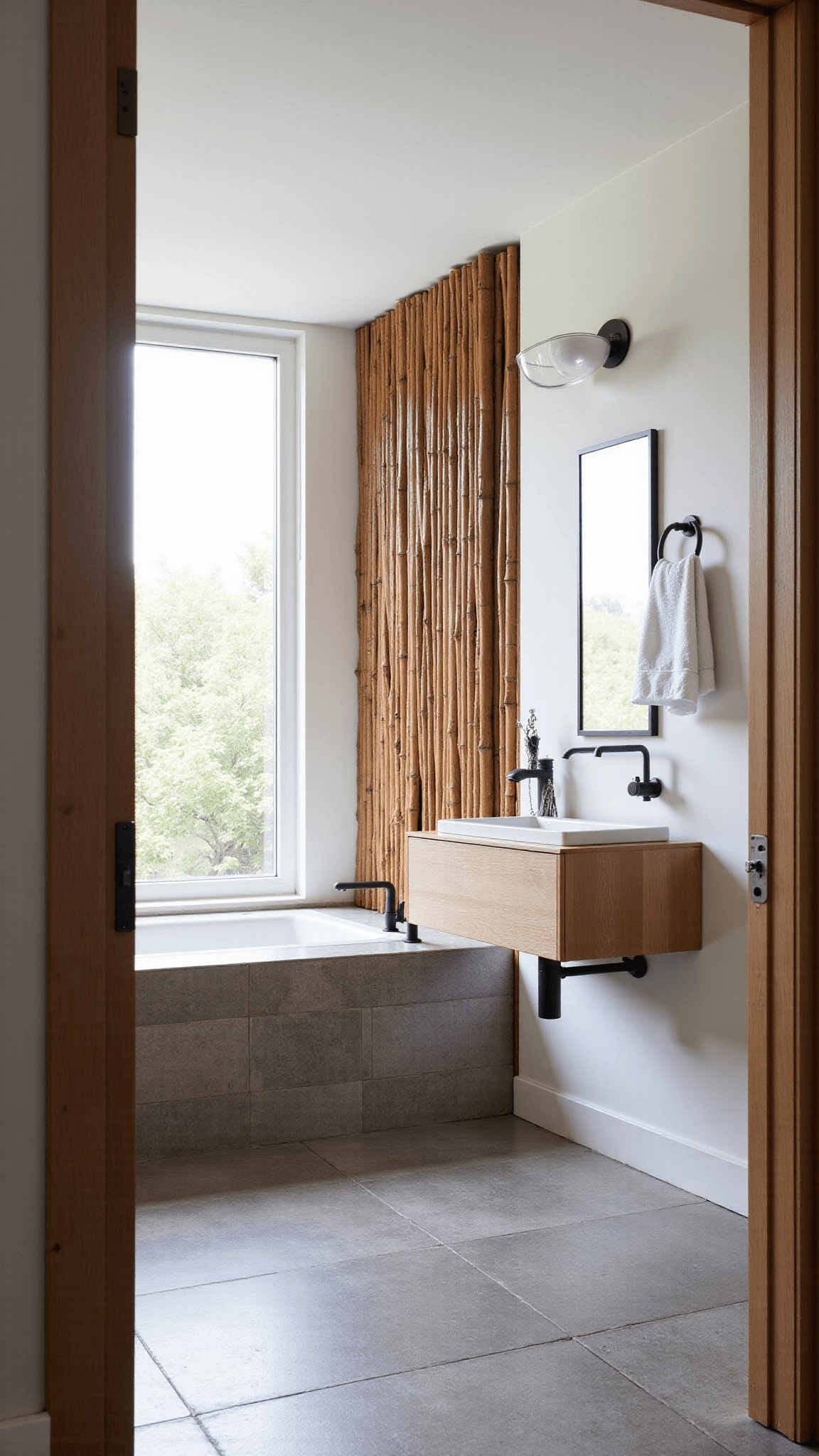
Common Mistakes to Avoid
Japandi No-Nos:
- Overcrowding spaces
- Using too many colors
- Neglecting functionality
- Forgetting natural elements
- Avoiding craftsmanship details
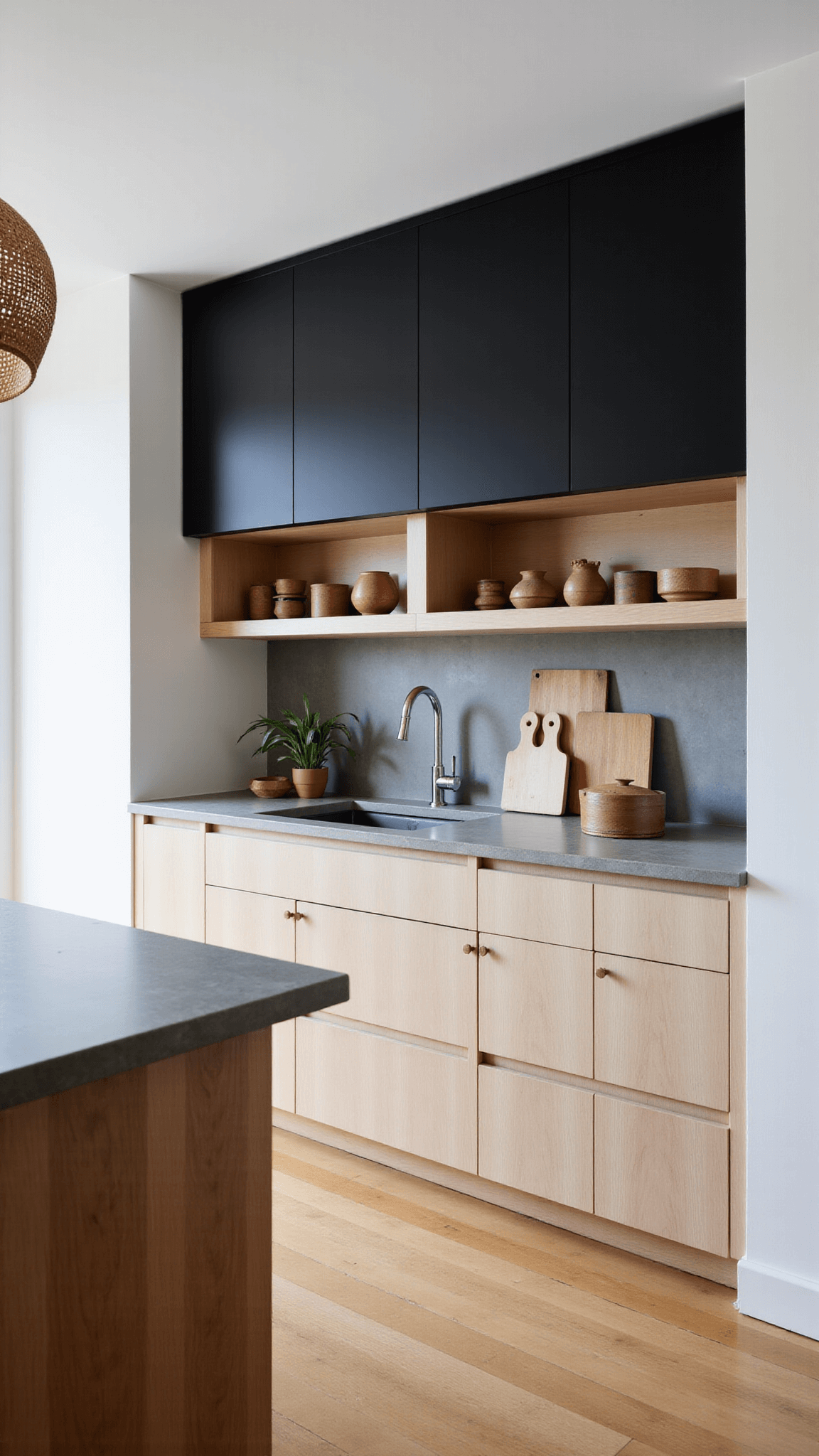
Seasonal Adaptation
Japandi isn’t static – it breathes with the seasons:
- Winter: Add soft wool throws
- Spring: Incorporate subtle green plants
- Summer: Use lighter textiles
- Autumn: Bring in warm wooden tones
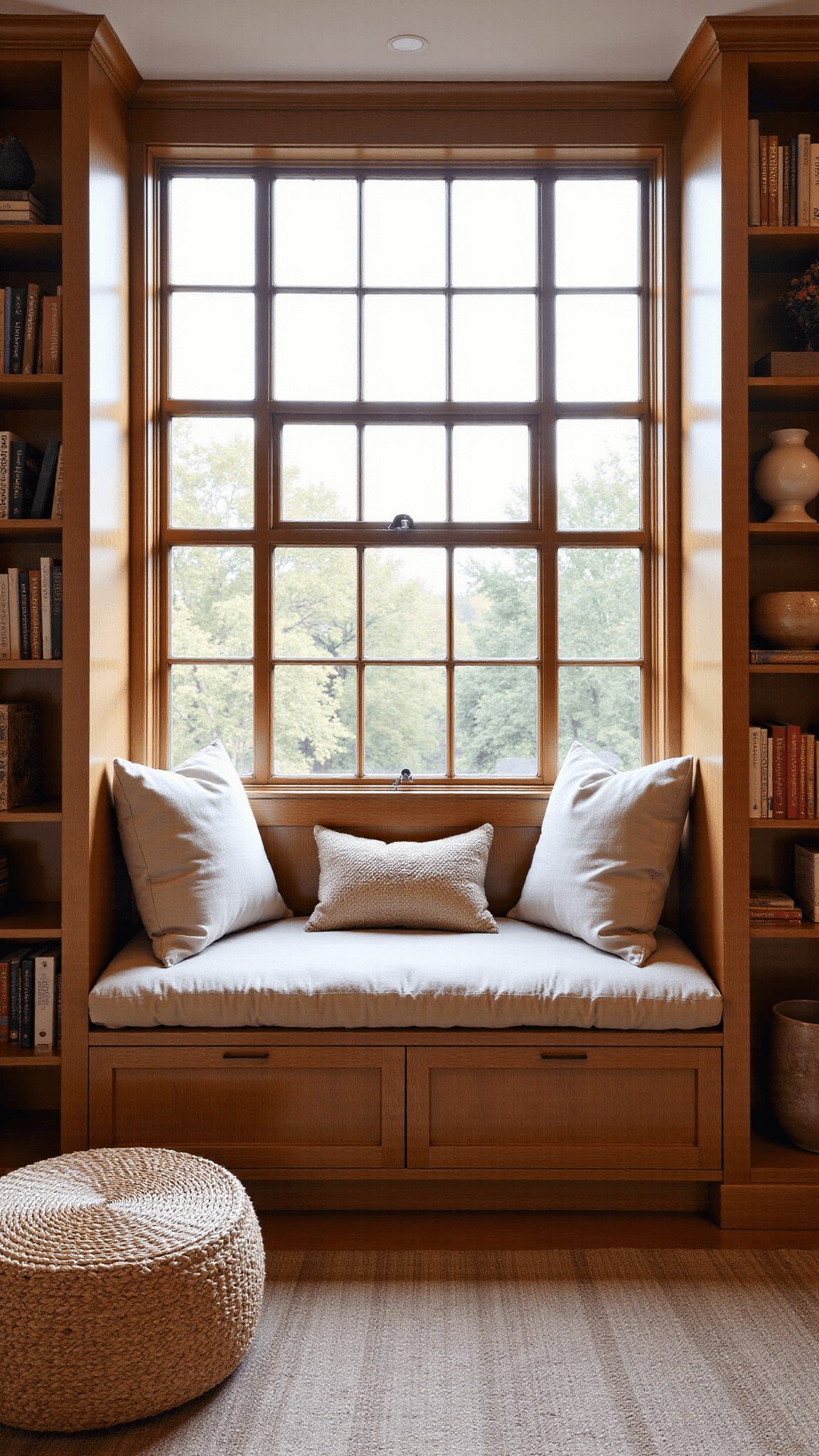
Final Thoughts
Japandi is more than a design style – it’s a commitment to mindful living. By embracing simplicity, natural materials, and functional beauty, you create a space that’s not just visually stunning, but truly transformative.
Your Japandi Journey Starts Now
Remember: perfection isn’t about having everything – it’s about loving what you have.


